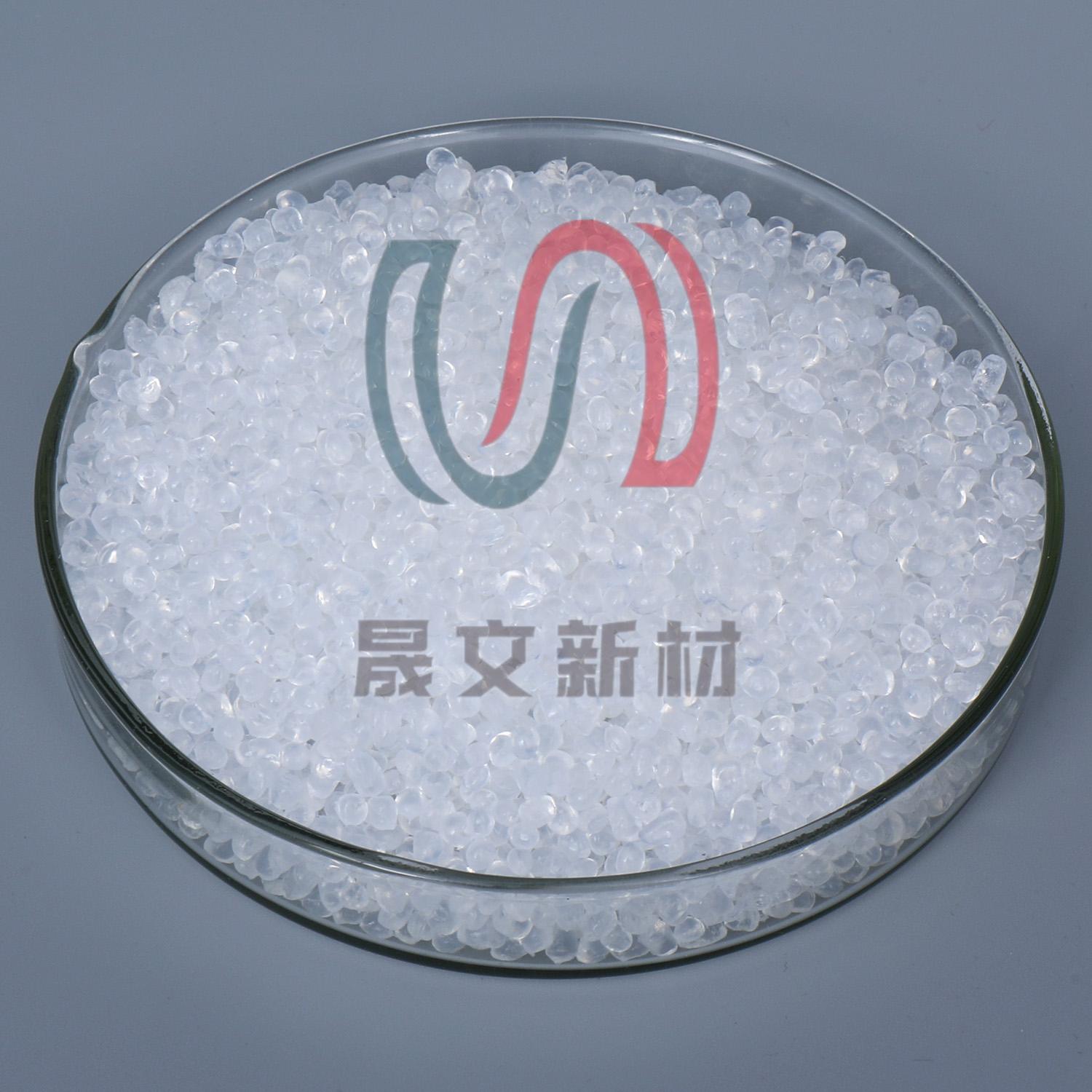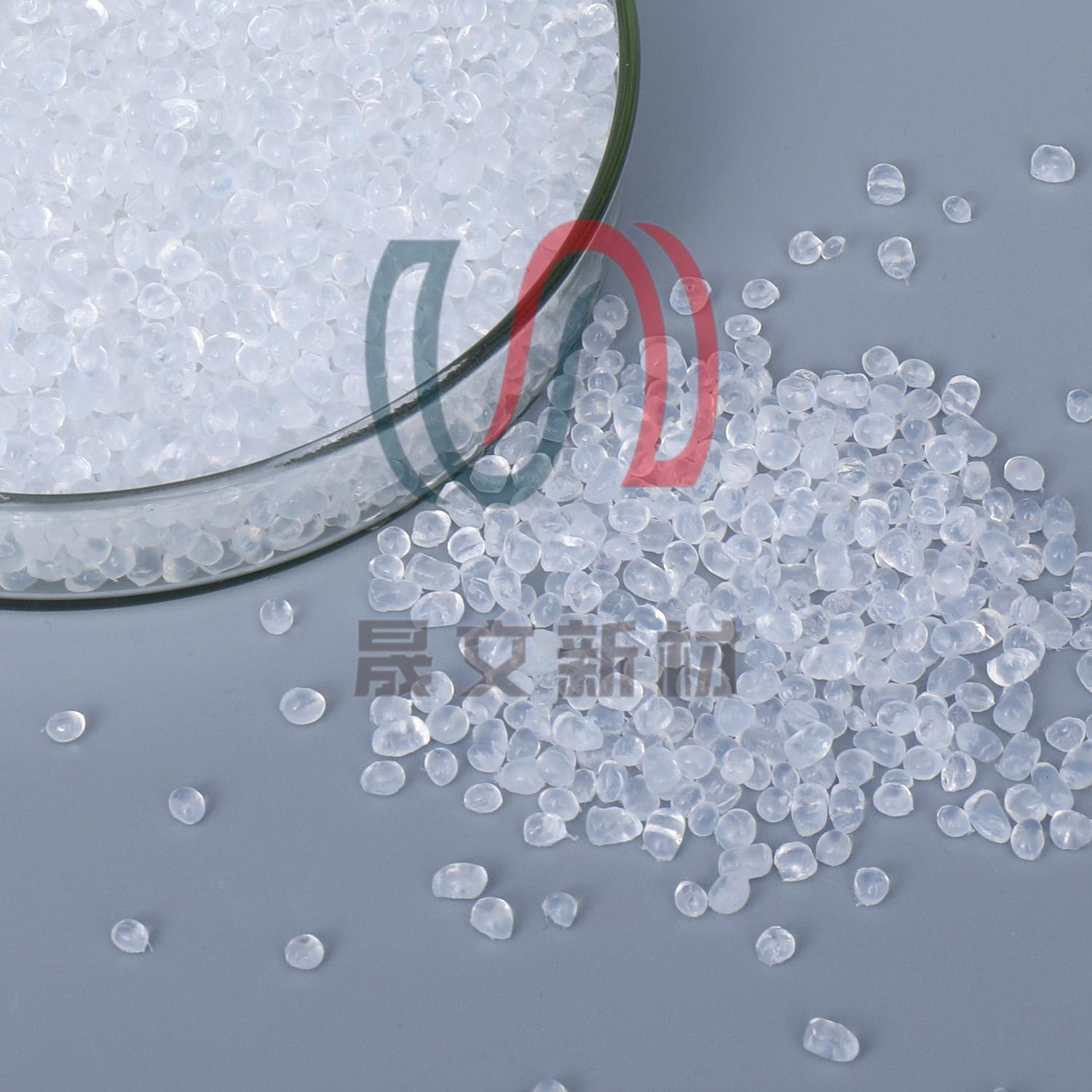The eyewear industry is constantly evolving toward lighter, more comfortable, and more durable materials. As users demand better flexibility and personalized design, engineering plastics have become the preferred choice over traditional metals and acetates. Among these materials, PA12 (Polyamide 12) and PEBA (Polyether Block Amide) stand out for their excellent balance of strength, flexibility, and processability. Both materials play crucial roles in modern eyewear frame manufacturing, offering different yet complementary advantages.
PA12 is a semi-crystalline nylon known for its excellent mechanical strength, low moisture absorption, and dimensional stability. These properties make it ideal for eyewear frames that need to maintain shape and accuracy under various conditions.
From a technical standpoint, PA12 provides high impact resistance and fatigue endurance, ensuring long-lasting performance even after frequent use. It also exhibits superior chemical resistance and maintains stability when exposed to cosmetics, sweat, or UV light—factors that are common in daily eyewear use.
In addition, PA12’s excellent molding performance allows for complex and precise shapes, making it suitable for high-end eyewear that combines aesthetics with functionality. Because of its rigidity and form retention, it is often used in key structural parts such as the front frame and nose bridge, where maintaining shape and balance is essential.

PEBA, short for Polyether Block Amide, is a nylon-based thermoplastic elastomer (TPAE) that combines the hardness of polyamide with the elasticity of polyether segments. This unique structure gives PEBA exceptional flexibility and resilience, making it a preferred material for parts that require comfort and movement.
One of PEBA’s main benefits is its lightweight nature—with a density of around 1.01 g/cm³, it helps reduce overall frame weight. This feature improves wearing comfort, especially for users who wear glasses for long hours. PEBA also delivers high elasticity and rebound performance, ensuring that flexible areas such as temples and hinges return to their original shape even after repeated bending.
In addition, PEBA performs remarkably well in extreme conditions. It maintains superior impact resistance at low temperatures, and its weathering and fatigue resistance make it suitable for sports eyewear, children’s eyewear, and outdoor applications. Because of its excellent flowability and easy processability, PEBA supports modern injection molding processes, allowing designers to create smooth, soft-touch, and ergonomic frames.

|
Aspect |
PA12 |
PEBA |
|
Structure |
Semi-crystalline polyamide |
Polyamide-polyether block copolymer |
|
Density |
1.02–1.04 g/cm³ |
~1.01 g/cm³ |
|
Rigidity |
High |
Moderate |
|
Elasticity |
Moderate |
Excellent |
|
Impact Resistance |
Excellent |
Excellent, especially at low temperatures |
|
Processing Flowability |
Moderate |
Excellent |
|
Molding Temperature Range |
190–230°C |
160–210°C |
|
Typical Use in Frames |
Front frame, nose bridge |
Temples, hinges, soft connectors |
This comparison highlights the complementary nature of PA12 and PEBA. While PA12 excels in structural stability and precision molding, PEBA leads in flexibility and user comfort. Combining both materials in one frame—such as using PA12 for the front structure and PEBA for the temple arms—can achieve an ideal balance between durability and comfort.
Both PA12 and PEBA support color customization and surface treatment, allowing for stylish and durable eyewear designs. PA12 offers excellent gloss and dimensional control, while PEBA provides a soft-touch finish and superior elasticity. Their resistance to UV exposure, chemicals, and daily wear ensures long-lasting appearance and function.
The combination of these features not only enhances performance but also supports eco-friendly and lightweight eyewear manufacturing, aligning with the growing sustainability trend in the optical industry.
In addition to performance, both PA12 and PEBA contribute to sustainable production. They are recyclable and compatible with energy-efficient processing methods. PEBA, with its lower processing temperature, helps reduce energy consumption during molding.
Moreover, these materials are increasingly used in 3D printing for customized eyewear designs. Their stable mechanical and thermal properties make them suitable for precise, small-scale manufacturing, enabling brands to deliver personalized solutions while maintaining quality and durability.
PA12 and PEBA each bring unique strengths to the eyewear industry. PA12 provides the structural backbone with its rigidity, dimensional accuracy, and high impact resistance, while PEBA adds flexibility, softness, and lightweight comfort. Together, they represent the next generation of performance materials that redefine the balance between function, comfort, and design freedom in modern eyewear manufacturing.
Shengwen New Materials specializes in high-performance engineering plastics such as PA12, PEBA, PEI, PPSU, and PES. With advanced production technology and a commitment to quality, Shengwen offers reliable material solutions for eyewear, automotive, electronics, and medical applications.
Contact Shengwen today to explore customized materials that empower your innovative designs.
By continuing to use the site you agree to our privacy policy Terms and Conditions.